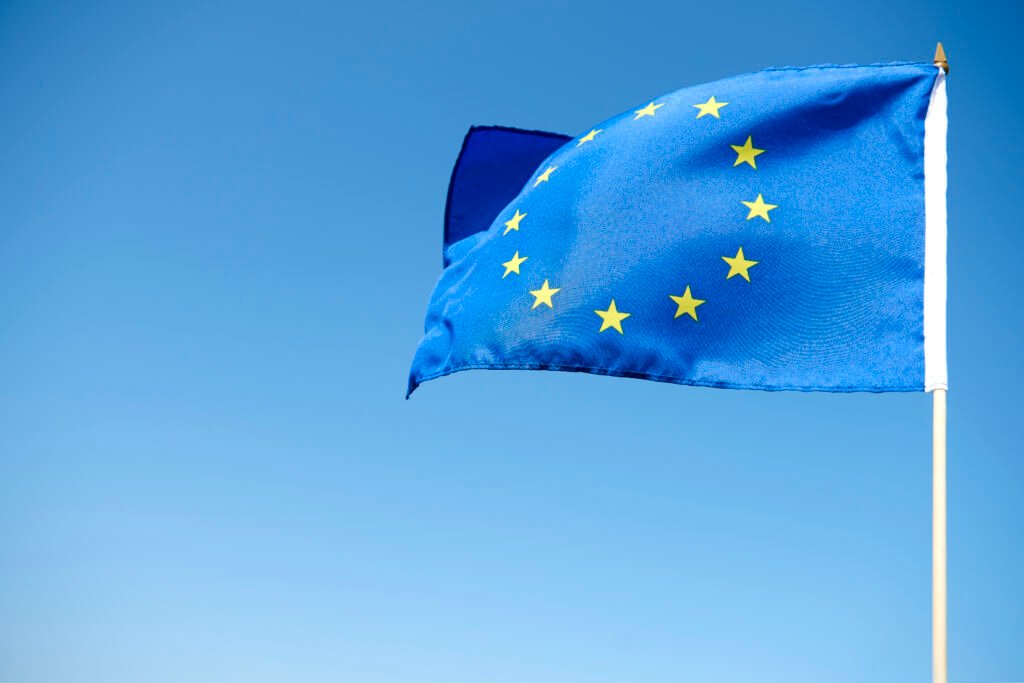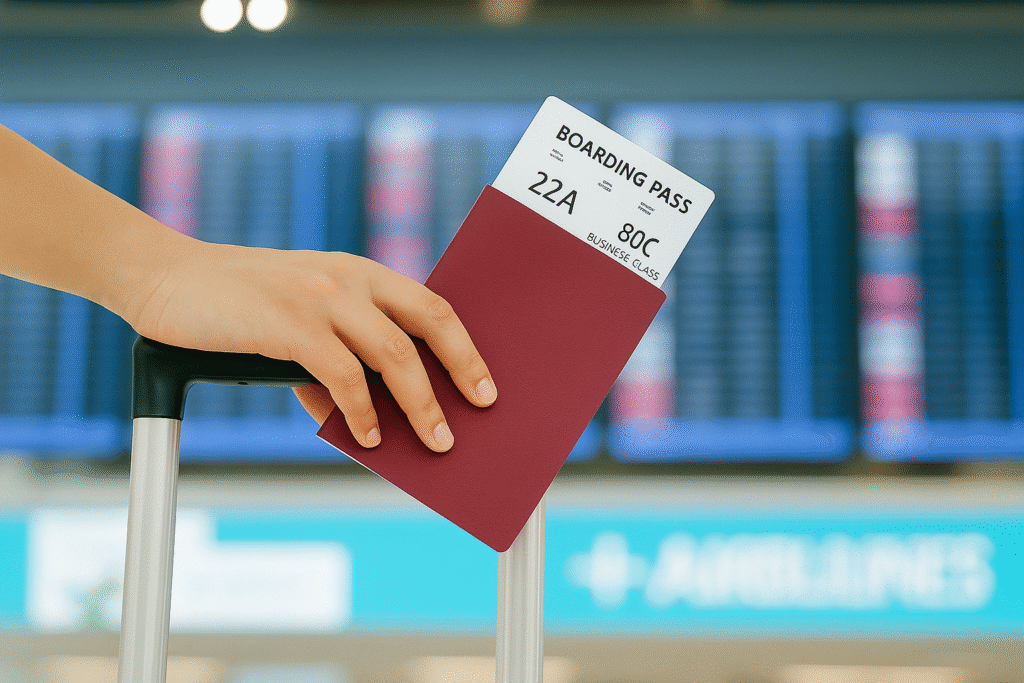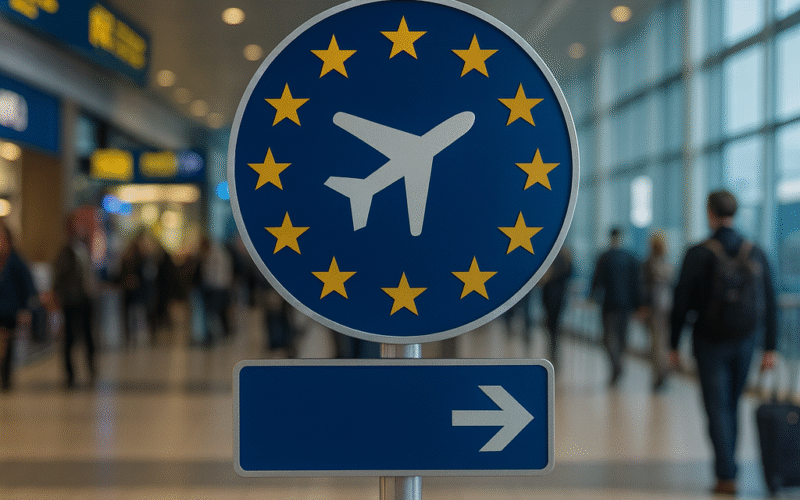EES, the EU’s new Entry/Exit System, marks a major shift in how Europe manages its borders. From October 12, 2025, the traditional passport stamp is being replaced by a fully digital record supported by biometric checks. This new system applies to all non-EU travellers entering the Schengen Area, ushering in a new era of secure and efficient border control across Europe.
For Malta, where thousands of Third-Country Nationals (TCNs) arrive each year to work, study, or settle, the change marks a major step toward a digital border era.
Understanding the Entry/Exit System
The EES was created under Regulation (EU) 2017/2226, which legally requires all Schengen states to replace manual passport stamping with electronic registration.
The system will record:
- your full name and travel document details,
- the date, time and place of entry and exit,
- a live facial image and, where applicable, fingerprints,
- and the reason for any refusal of entry.
Its purpose is simple but far-reaching: to enhance security, detect overstays automatically, reduce identity fraud, and streamline border procedures.
Once fully operational, all short-stay visits (up to 90 days within a 180-day period) will be tracked automatically across all Schengen countries, ending the need for stamps to prove how long you’ve been in Europe.
When and Where the New System Starts
The European Commission has confirmed that the EES began operating across Schengen external borders as from 12 October 2025. Member States have a six-month transition window – until 10 April 2026 to bring all border points online.
During that period, you may encounter different experiences depending on where you enter Europe: some borders will already be using biometric gates, while others will still rely on manual checks until their systems are ready.
In Malta, the rollout starts at Malta International Airport and to extend to seaports soon after. Travellers may be directed to new biometric control lanes, where facial recognition and fingerprint scanners are used instead of passport stamping. Children under 12 will only have their photo taken, fingerprints will not be required.
Importantly, travellers do not need to register in advance; the biometric process happens automatically on arrival.
Malta’s Readiness and Temporary Measures
While Malta is committed to full participation, the system’s introduction will happen in stages.
The government has acknowledged that technical challenges delayed earlier implementation plans, and a temporary alternative system will operate at entry points until the full EES infrastructure is ready.
This means that for several months after launch, travellers might experience a mix of both digital and manual checks. Passport stamping will gradually disappear as the technology is completed. Authorities have assured the European Commission that the transition period will not affect Malta’s compliance with Schengen obligations.
How Other EU Countries Are Adopting the EES

Across the European Union, the Entry/Exit System is rolling out at different speeds, and each country is handling the change in its own way.
In Croatia, border officers are already replacing manual passport stamps with digital records. Travellers entering from non-EU neighbours are the first to experience full biometric checks. Germany has chosen a gradual rollout, starting with major airports like Düsseldorf and Frankfurt before expanding to ports and land crossings. This measured approach aims to keep queues short while staff adjust to the new technology.
Meanwhile, Estonia, Luxembourg, and Czechia are pushing ahead quickly. Their border points are among the first in Europe to operate entirely under the new system, with automated gates scanning passports, faces, and fingerprints in one smooth process.
Larger countries such as France and the Netherlands are taking a phased approach. Airports and ferry terminals are being equipped step by step, ensuring that travellers and border agents adapt gradually.
Together, these early examples show how Europe is shifting from ink stamps to algorithms – a major leap toward faster, smarter, and more secure travel.
Legal Framework and Traveller Rights
Under the EES Regulation, all personal and biometric data collected at borders are stored securely in a central EU database and protected by strict privacy safeguards.
Key points to for all Non-EU travellers to remember:
- Automatic overstay detection – The system calculates your 90/180-day limit and flags any breaches.
- Limited data retention – Most records are kept for three years, or up to five in cases of overstays.
- Restricted access – Only authorised border and law-enforcement agencies can access EES data, under defined legal conditions.
- Data protection rights – You have the right to request access to your own record, correct errors, or seek deletion of inaccurate data.
- Interconnection with other systems – EES will work in parallel with existing databases such as the Visa Information System (VIS) and Schengen Information System (SIS), improving consistency across Member States.
These safeguards form part of the EU’s broader legal framework on personal data protection and border security.
What Non-EU Visitors Travelling to Malta Should Do

- Check your status
If you live in Malta with a residence permit or long-stay visa, EES generally does not apply to you. Short-stay visitors, however, will be registered under the system each time they enter or leave the Schengen Area. - Plan extra time when travelling
During the initial months, biometric checks may take longer than manual stamps. Allow for possible queues, especially at airports and ferry terminals. - Keep documents consistent
Make sure your passport details match your visas or travel bookings to avoid mismatched records in the database. - Understand the 90/180-day rule
The system will automatically calculate your stay. If you exceed the limit, your record will show an overstay, which could affect future visa or residence applications. - Follow official Maltese updates
The government and Malta International Airport regularly publish guidance on border control procedures. Check for notices before you travel. - Exercise your rights
If you believe your entry or exit data are incorrect, you can contact the relevant data protection authority to request correction or deletion.
Why This Matters
For many years, border officers stamped passports to track non-EU stays. That system was manual, error-prone, and inconsistent across countries.
The EES replaces it with a single, automatic record that all Schengen states can access — a milestone in Europe’s “smart borders” strategy.
For Malta, this modernization improves compliance and security, but it also means a period of adjustment for travellers and residents. Expats who often travel in and out of Malta should be aware of how the system counts days, stores data, and enforces limits.
The Road Ahead
Between October 2025 and April 2026, the EU’s border landscape will change significantly. Malta’s participation ensures it remains fully aligned with Schengen standards while gradually transitioning to full automation.
Travellers should expect a short learning curve but, over time, smoother crossings and clearer records. As the EES matures, its digital precision will benefit both travellers and Member States: reducing paperwork, improving security, and providing legal clarity.
The passport stamp is fading into history. The border of the future is digital, and Malta is stepping firmly into that future.







